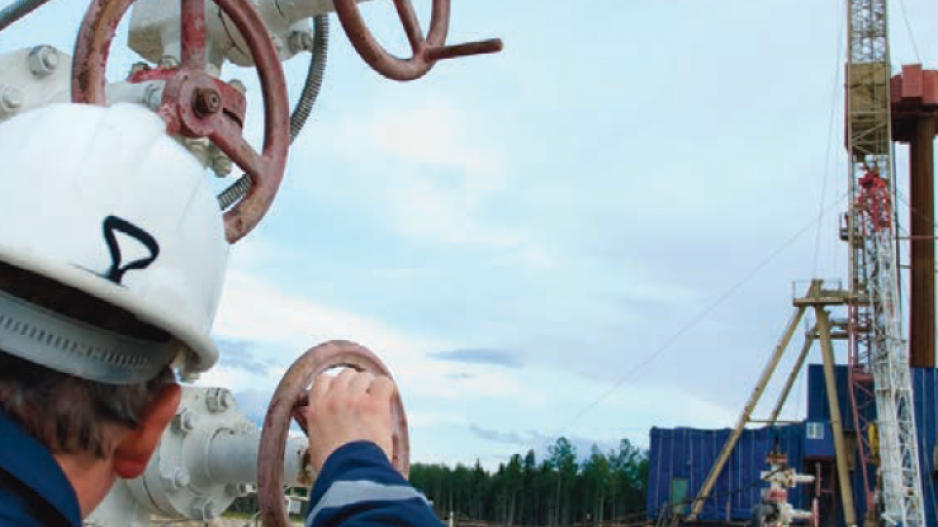With oil prices cut in half in the last six months and natural gas prices stuck under the $3 level, budgets are being cut in all unconventional oil and gas plays across Western Canada.
But within those plays are sweet spots that remain economic. In the Montney play straddling the Alberta and B.C. border, those sweet spots are in areas with high deliverability of gas and strong flows of condensate and natural gas liquids. Outside of these areas, drillers are cutting back as in the rest of the basin.
A recent BMO Capital Markets report illustrates why activity remains strong in liquids-rich areas of the Montney. The BMO study found that even with condensate prices of $50 per barrel, the best wells in the Montney could deliver internal rates of return from 30% to 100%.
Those returns could get even better as service prices fall along with commodity prices, said Wendy Smith Low, managing director of the A&D Advisory energy group at BMO, speaking at a Canadian Society for Unconventional Resources technical luncheon in January.
BMO took a close look at the Montney last November before oil and condensate prices tumbled and determined the best Montney areas could all get internal rate of returns of well over 100%.
BMO recently released a new analysis based on a realized condensate price of $50 per barrel. Due to its use as diluent for pipelining bitumen, condensate is the most valuable hydrocarbon in Western Canada.
The study focused on the unconventional Montney fairway where favourable combinations of condensate yields, deliverability (initial production rates) and capital costs produce the best economics in the fairway. When high-grading the Montney fairway, BMO analysts focused on reservoir thickness, depth and pressure, and also on where the rock is most brittle – which allows induced fractures to propagate more effectively.
“And so we tended to focus on the western side of the fairway as opposed to the more conventional reservoirs which lie to the east. And we’re definitely not talking about the more conventional reservoirs in the Montney,” Smith Low said.
She said the other big high-
grading criterion was overpressured reservoir. “As we move west in Alberta and British Columbia, we get into deeper reservoirs. And once we’re deeper, we tend to be more overpressured, which increases deliverability and ultimately storage and capture.”
These criteria established a study area of 37,000 square kilometres, or about one-third of the fairway, straddling the Alberta-B.C. border.
Smith Low said the Montney has been well developed across the fairway over the past 10 years.
For its study, BMO was looking for outliers that are significantly better than the typical northeastern B.C. Montney well.
Smith Low said public production data, especially for condensate, is notoriously bad. To find the sweet spots, BMO instead looked at more than 4,000 gas analyses to hone in on the most interesting areas, then augmented that with available production-test data and/or corporate disclosures.
BMO identified four outlier areas: Karr/Kakwa, Elmworth/Wapiti, Septimus and Altares.
While it will be harder to de-risk emerging Montney areas and move them into development at current prices, Smith Low said the “true outlier areas … will be a focus of development in the next year because they will provide some of the best rates of return across the basin.”
She said a key element is control over infrastructure.
With plummeting oil prices, BMO is hoping for continued improvement in capital efficiencies. “If there’s one bright light to what we’ve gone through in the last eight weeks in terms of declining commodity prices, it’s that perhaps we’ll see a bit of a reset in capex and costs overall,” said Smith Low. •
Darrell Stonehouse is the editor of Oil & Gas Inquirer. This article was excerpted from the March edition of the magazine.




